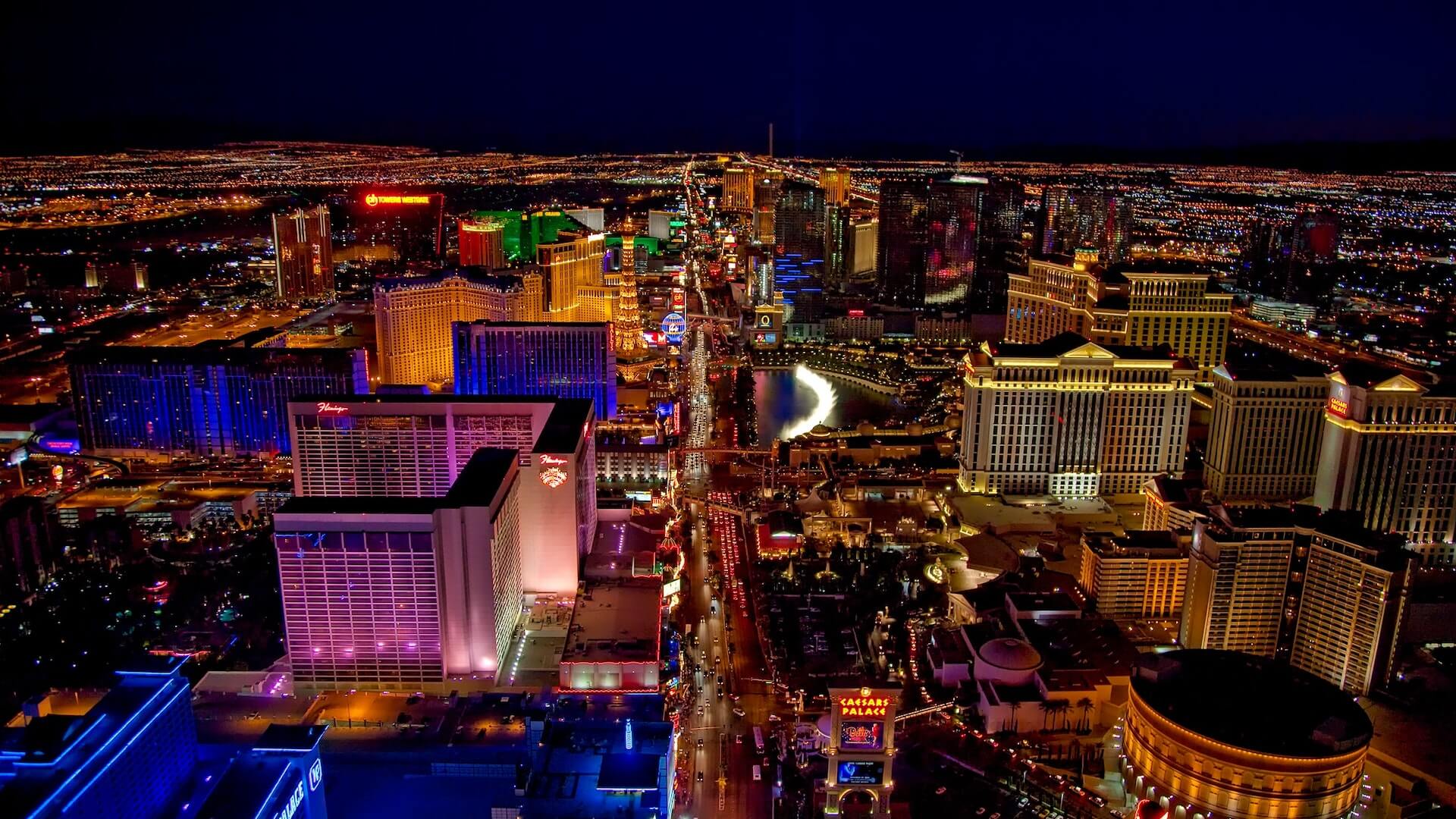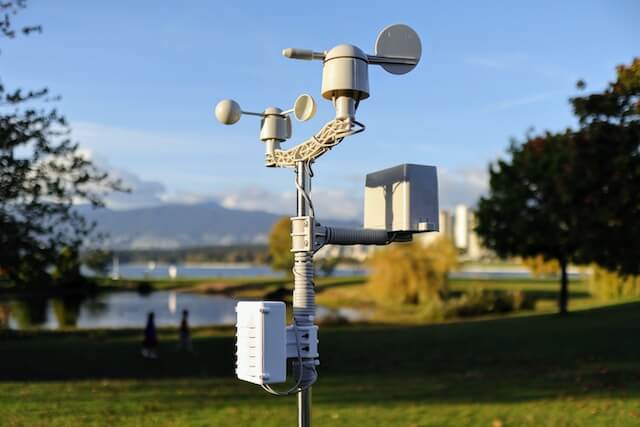
After a number of highly publicized accidents and fatalities involving self-driving cars, most municipal IT directors are now waiting for self-driving cars to be able to ensure safety without question before they start building the next generation of road and edge infrastructure for the cities and towns under their jurisdiction.
For his part, City of Las Vegas Chief Information Officer Michael Sherwood said, "Las Vegas is revitalizing tourism again. The big thing we can do is provide the foundation for the city's most advanced technology, and one of those is connected roads."
Sherwood's IT department has so far installed advanced IoT devices along the Las Vegas Strip, on a handful of adjacent streets and at more than 150 intersections from the airport to Fremont Street. The CIO is working with several self-driving car manufacturers such as Motional, Amazon Zoox and Halo as well as Kaptyn Private Car Service (involved in the electric vehicle fleet side) and Cisco (involved in the connected road infrastructure and 5G wireless backbone).
Sherwood said, "We use technology to exchange information with vehicles, and vehicles can read traffic light signals, but now we can also send data to vehicles and can send information to vehicles about when traffic lights will change."

The intersection is equipped with connected traffic controllers and preemptive emergency vehicle signals that transmit data over fiber optic or 5G networks to routers and ultra-fast wireless backhaul lines, in addition to a host of IoT sensors that collect data, which is then transmitted to the city's IoT hub. The city is also equipped with dynamic message signs on the roadways that can be used for emergency weather condition messages or other important announcements.
Two-way streets
Sherwood said Las Vegas is unique in that the communications enabled by the city's connected roads and multi-cloud infrastructure are two-way. The CIO said the city of Las Vegas and parts of Clark County can both take data from self-driving vehicles and roads and send it to self-driving vehicles and some cars with built-in dedicated short-range communications (DSRC).
Sherwood said, "Las Vegas currently operates more than 74 self-driving cabs, and you can hail a self-driving cab using the Lyft app. These self-driving vehicles are actually driving in mixed traffic, meaning that the cars we drive can bump into these cars." He added that each self-driving vehicle has a human driver co-driver in it.
Safety is a priority for Sherwood, who insists that all self-driving vehicles on Las Vegas roads are equipped with human co-drivers to prevent technical errors. But he's also still watching leaps in technology from self-driving car makers and says he won't shy away from risk once he gets the green light from watchdogs.

Technology drives Las Vegas
Sherwood knows that after the hiccups of the new coronavirus pandemic that brought tourism to a standstill, Las Vegas has accelerated its pace to become a top destination to attract visitors, and technology is important in the process.
The City of Las Vegas' IoT network runs on a multi-cloud infrastructure with IoT devices including cameras, air quality sensors and LiDAR sensors that collect three-dimensional data about people and traffic flow as well as readings of distance and direction between cars.
The City of Las Vegas' LiDAR detection system, based on a Cisco system, can detect drivers traveling in the opposite direction and vehicles traveling across the street, and can issue electronic tickets and warn construction workers and pedestrians that speeding vehicles are heading their way. Police and fire trucks will also be able to use data dashboards to alert vehicles on the road of the presence of police and fire trucks nearby, while turning intersection lights red to help prevent collision accidents.
Sherwood acknowledged that 5G is another key factor that will drive wider use of self-driving cars. With only about 20 percent of 5G wireless networks currently available in the U.S., Sherwood said that as that percentage increases, innovation and capacity development will be "phenomenal," especially in urban areas.

Self-driving cars and more
The City of Las Vegas' investments in 5G and the Internet of Things aren't all about self-driving cars and tourism, Sherwood said, but they can also benefit Las Vegas residents by helping the community with workforce development, education, maintenance and energy conservation.
For example, IT staff in Las Vegas are using IoT sensors to collect data to find some ideal times, which can help us send out cleanup crews for maintenance work when the parks are least crowded.
IoT sensors can also continuously monitor water usage, which is a key data indicator for Las Vegas. We live in the middle of a desert," he said. We need to conserve and protect our water resources. It's very important to have this type of data now, and we've never had it before."
Sherwood and the City of Las Vegas in the meantime will continue to work with partners to expand the Las Vegas connected path to include more innovative sensors and devices that will deliver a range of data to the City of Las Vegas' cloud platform.
